Picking the Right Shoe
Welcome back to the Total Performance Newsletter! If you are a new subscriber and did not receive previous editions, check out the "Newsletter" tab on my website (www.totalperformance-pt.com) and they are all posted there. If you have trouble accessing this link, please let me know! This month, we will continue to take a look at some specific movement and injury-related issues that commonly arise and how to deal with them.
Before we dive into today's topic, I wanted to give a quick social media plug. Follow us on Instagram (@total_performance_pt) and Facebook (@Total Peformance Physical Therapy). I have been more active in those places and will be making regular posts on ways to further help you move better, feel better, and perform better!
Getting back to today’s newsletter, we are going to focus on how to pick the right shoes. As a heads up, this will have absolutely nothing to do with fashion, but rather how important the right shoe is to helping us move better, feel better, and perform better.
Why the Right Shoe Matters
Every time you take a step, you interact with the ground. Your body puts force down into the ground, and the ground puts force back into you. If you've ever heard the term "ground reaction forces", that's what this is. With each step, or even when standing still, our body has to manage these forces. While the most direct contact point through which these forces travel is the shoes (or your feet if you are barefoot), it's important to note that these forces go up and down through our legs, hips, core, and even our upper body. In turn, we want to make sure our shoes are giving our body the best possible chance to adequately manage these forces so that we can move freely and pain-free.
To further this point, we can look at each step as a "rep," similar to doing reps of an exercise. However, instead of 3 sets of 10 reps like you might do for squats, we take thousands of steps per day. So, that's thousands of reps per day that we can have in our favor or not in our favor. If I'm doing something thousands of times per day, I certainly want that to be helping me, not hurting me.
A Brief Summary of Walking Mechanics
To understand the specific characteristics we are looking for in a shoe, which we will discuss below, it is first important to have an understanding of what our foot does when we walk. As you'll see, we want our shoe to give our foot the chance to work properly.
When your foot first hits the ground, it should hit on the mid to outer part of the heel. At this point, the foot will naturally form a bit more of an arch.
Then, as you continue the step and the rest of the foot moves towards the ground, your weight and ground contact should be right through the middle of the foot with relatively even weight distribution throughout. At this point, the foot will move more into pronation, where the arch flattens and "splays" into the ground. It is important to note that with proper pronation, the ankle does not collapse inwards, but rather it's just the arch that flattens.
Finally, as you move into the push-off phase, it is the toes, and especially the big toe, that provides the pushing off that gets you to the next step. In this phase, the foot will regain a slightly more pronounced arch compared to the flat arch phase described in the previous paragraph.
Click here for a video that explains all of this.
Picking the Right Shoe
As stated above, we want our shoes to enable the foot to perform all the mechanics it needs to. Here are the characteristics that we look for in a good quality shoe to allow this to happen.
We'll start at the heel and work our way towards the toe. For the heel, we want a strong, supportive, and more rigid heel, specifically in the part that supports the back part of our heel. Since the heel will be striking the ground several thousand times per day, we want to make sure there is adequate support here to help manage the forces associated with initial contact. For the bottom part of the heel, and throughout the entire bottom part of the shoe, we want it to have some cushion, but not so much where it feels like you're walking on clouds. We want a balance between cushion and being able to feel the ground.
Moving towards the middle part of the shoe where the arch of your foot is, we want this to be less rigid and less "built up" than the heel. As described above, during the middle part of each step, the foot arch has to flatten and splay into the ground. If this part of the shoe is too rigid, it will prevent his motion from happening. We still want some support, but if you push on the arch of the shoe from the inside, there should be some softness and flexibility here.
Looking at the toe part of the shoe, this is where we want the toes to be flexible so that the toe off portion of walking can occur smoothly and freely. This should be the most flexible and "bendy" part of the shoe.
A few other general notes. When looking at the entire shoe, we want it to be relatively flat from heel to toe. Pretty much all shoes have a slightly higher heel compared to the toes, but we want this to be as minimal as possible. If the heel to toe difference is too much, it would be like walking in high heels all day long. In addition, we want the bottom of the shoe to have some cushioning of course, but it should not be like walking around on platform shoes. Shoes that have too much cushioning on the bottom are unstable and do not allow us to feel the ground with a secure and stable footing.
Click here for a video that explains all of this.
Which shoe is best??
Here's where I have to put a disclaimer. My favorite shoe that has a balance of all these qualities is the Brooks Ghost 16. Unfortunately, they stopped making this version and have moved on to the Ghost 17, which doesn't have all the same qualities. If you can still find the Ghost 16 somewhere, grab it fast!
There are plenty of other companies that make great shoes, but I am just not familiar with the specific models. The Brooks Adrenaline line is usually pretty good, and Asics is known to make a great shoe as well. I've seen versions of Reebok and New Balance that are also solid.
With that being said, I am on the hunt for my new go-to recommendation, and I will keep you updated when I find it!
Considerations for Athletes
This section is specifically for athletes who are doing a lot of change of direction and agility work in the gym. The best shoes for these athletes basketball shoes, tennis shoes, or volleyball shoes. They have basically the same characteristics described above, but to a larger degree than a shoe you would use on a regular basis. Click here for an in-depth video from my friend Trevor of Resilient Performance Physical Therapy going into the details.
I get a lot of questions on a regular basis on different types of shoes, so I hope you found this information useful in selecting a shoe that works best for you!
Stay tuned for next month’s newsletter, where will we continue to look into some common issues that arise and practical solutions to deal with them! Also, if you have any topics that you want to see covered in a future newsletter, please let me know!

